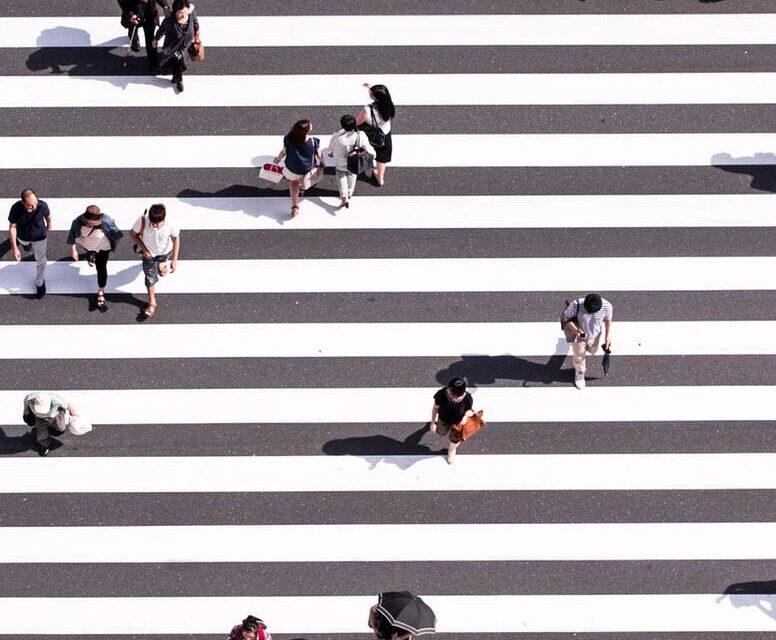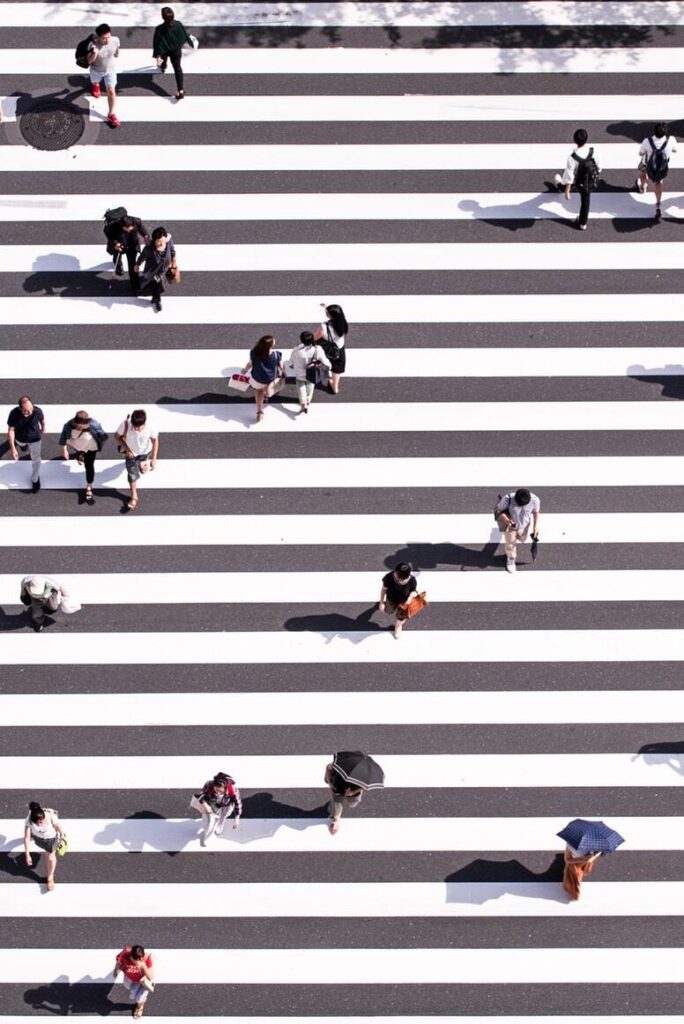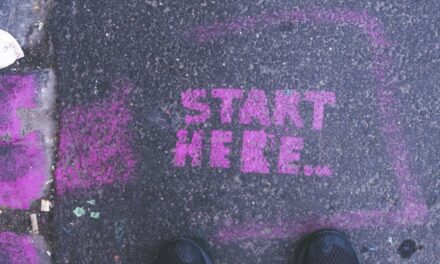Assistant Editor Connor Yeck: Taking advantage of a few early springlike days here in Cincinnati, I’ve been doing my best to explore my neighborhood, Northside, with daily walks. Along with frequent visits to the library and favorite coffee spots, I’ve so far stumbled upon a restaurant celebrating its opening day, a park tucked away in the shadow of a church, and endless pastel variations of the area’s classic row houses.
Besides being a chance to step away from work and school, each walk has given me a small push to get some writing done—no small feat, as I find myself in the middle of a prolonged break from the page (a tricky subject that Associate Editor Lisa Low explored in an excellent blog post last month).
Getting the urge to jot down a line or simply having the start of a new idea reminded me of the ways walking is often intertwined with the writing process, and how many times over the years I’ve been asked to wander as a form of creative exercise.
You don’t have to look far for essays, studies, and books championing the generative qualities of a good walk—that ever-growing list of great thinkers who supposedly found inspiration by simply getting out and about. But for writing specifically, there seem to be two unique and complementary approaches to walking and composing that anyone in need of some fresh air can take up.
On one hand, a walk can be a focused exercise to gather and document material. In the creative writing classes I’ve taught (and also taken myself!), I’ve given students a scavenger hunt of sorts to accomplish in the course of a single walk. Something along the lines of, For our next meeting, go for a walk and observe some of the following; incorporate these observations into a poem or story:
- a piece of wildlife
- a piece of architecture
- something in motion
- something discarded
- an obstacle in your path
- a note on temperature
- a sound or series of sounds
- someone you see
- a type of signage
Having a checklist creates a heightened level of awareness and can lead to some truly surprising discoveries as you seek out odd or interesting details. I know if I needed to take some notes on signage and walked the length of my neighborhood today, I’d likely end up seeing a great deal for the first time—had I ever really noticed the diner window’s gold stenciled lettering, the bright orange of the record-shop advertisement, or the faded marquee above the mechanic’s?
Alternatively, there’s a tradition of walking and writing that does its best to avoid such structure. Here, there’s no list, no goal, or even an inkling of what you might discover—a walk is meant to be an opportunity for details to arrive naturally, and walking itself becomes an act of composition as connections emerge.
This approach is described by Harriet Levin as a chance “to be receptive to the world around [us] instead of imposing [our] egos on the landscape,” and a way for writers to “look at the world the way scientists do, observing minutiae until its patterns and habits are realized.”
When I think of walks in this manner—a kind of “letting go”—I’m reminded of poet Brian Teare, and especially his essay “En Plein Air Poetics: Notes Towards Writing in the Anthropocene.” For Teare, writing and walking become a type of “field work” able to document ecological spaces. As one walks, the objective is not simply to observe details for later use but to become immersed in a larger landscape that’s both human and inhuman, a process in which a “sense of self disappears…”
Teare’s essay also calls attention to the ways we can use our senses differently while walking and composing. We’re asked to push beyond a reliance on sight, and to pay attention to the ways our bodies move, experience, and react while we walk: “Encounters in the field remind me that I’m a mammal, a body that navigates its surroundings and assesses pleasure and threat the way other mammals do.” So, a poem becomes not only what was observed on a particular walk, but the physical experience of motion (feet on earth or stone, fluctuations in light and temperature, muscle strain, breathing, thirst, etc.)
As a writing exercise, walking becomes whatever you require—an outing with a specific creative goal in mind or simply an opportunity to take in the unexpected details of your environment. No matter the approach you find yourself heading out the door with, there are the undeniable benefits, as walking challenges how we observe, record, and experience the everyday. To write while we walk, or walk while we write, is to find something new in our most unassuming actions. It’s the perfect way to launch into a creative project you already have in mind or to gather fascinating odds and ends for later, when you’re ready to sit down again and fill the page.












